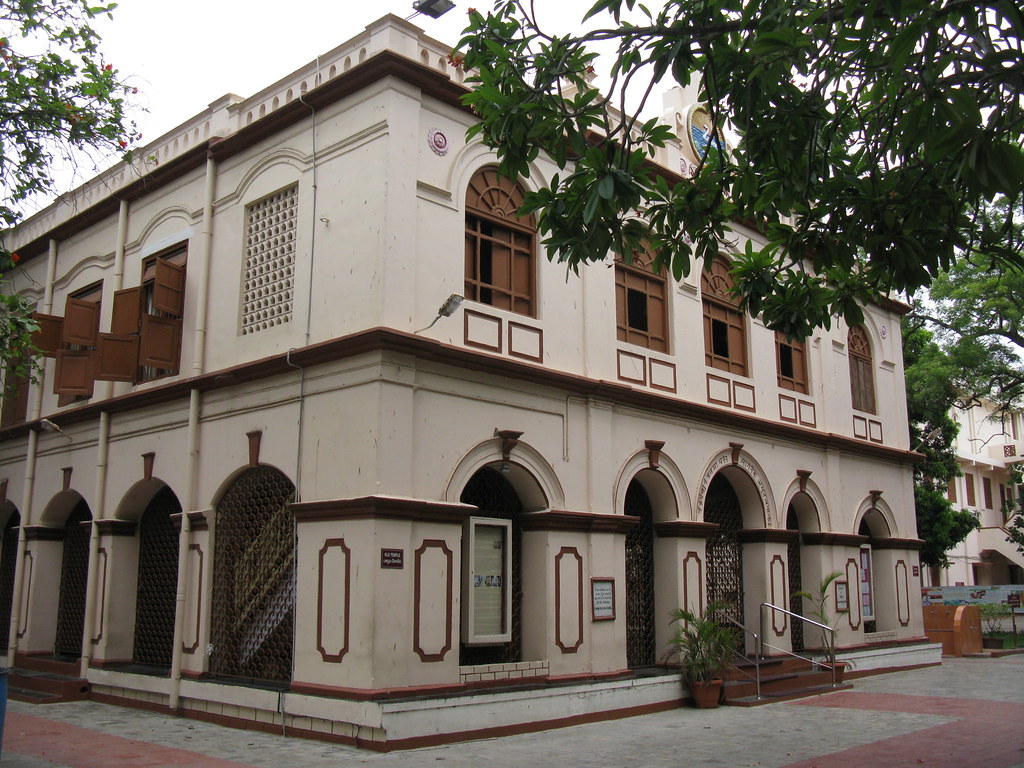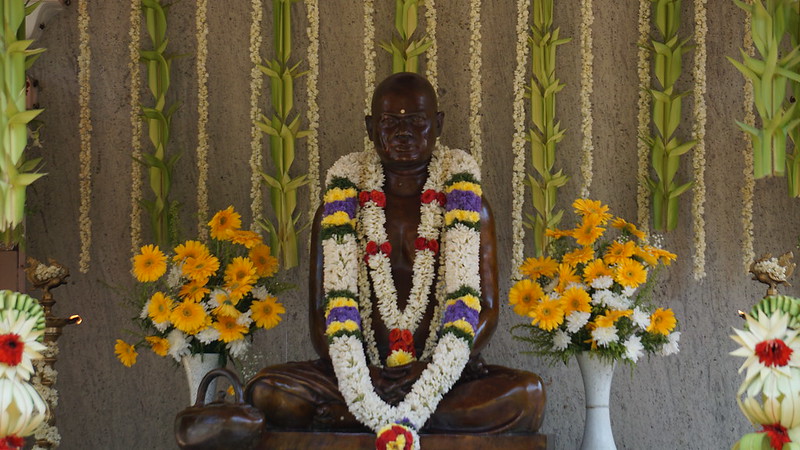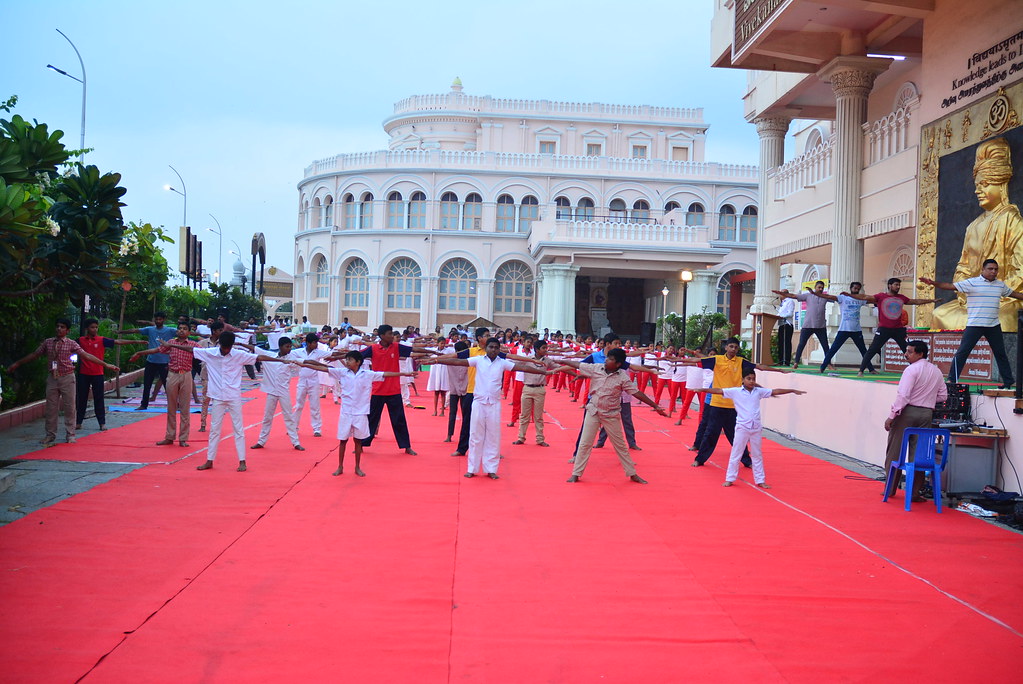
The centre was started in 1897 by Swami Ramakrishnananda, a monastic disciple of Sri Ramakrishna at Chennai.
Activities:
- Publication of books in English, Sanskrit and Tamil.
- Publication of two monthly journals: The Vedanta Kesari (in English) and Sri Ramakrishna Vijayam (in Tamil).
- A girls’ higher secondary school (class 6 to 12) at Sarvana Street, Mint.
- A primary school (class 1 to 5) at Basin Bridge Road, Mint.
- A public library with 43,859 books and 193 periodicals. The attached book-bank section had 6500 books and 10 periodicals.
- Three coaching centres at Gandhinagar.
- Three units of Gadadhar Abhyudaya Prakalpa.
- Four franchise nursing training centres.
- Vivekananda Institute of Human Excellence conducted the following activities:
- Bala Mandir, a cultural unit for children to teach them bhajans, Vedic chanting and spoken Sanskrit, and Audio-Visual programmes.
- Youth forum, for conducting values education programmes to youth
- A one-year Sanskrit course.
- Values education programmes and cultural competitions.
- An allopathic-cum-homoeopathic dispensary with dental, eye, ENT, surgical, X-ray, ultrasound scanning, paediatrics, ECG, gynaecology, physiotherapy and laboratory sections, and TB and diabetes clinics.
- Eye camps and medical camps.
- LAP rehabilitation programme through which leprosy afflicted persons (LAPs) were benefited.
- Religious activities: Daily worship, fortnightly Ramnam Sankirtan, weekly discourses and celebration of the birthdays of the Holy Trio, Swami Ramakrishnananda and other spiritual personalities, as also other festivals.
- A slum-rehabilitation centre at Ramakrishnapuram provided coaching and computer training to students
Activities at the Rural Welfare Centre at Meyyur, a village 48 km away:
- A coaching centre.
- A computer training centre.
- A Sunday school.
- A summer camp.
- A tailoring training centre.
- Weekly medical camps (eye, dental, general, ENT and cardiac).
- A dairy.
- Maintenance of temples in nearby villages.
- Two camps on organic farming for villagers.
- Religious activities: Daily worship and vesper service, and celebration of religious festivals and the birth anniversaries of the Holy Trio and other spiritual luminaries.
- Welfare activities: Providing meals, groceries, clothes and educational aid.
Sub-centres:
A. Vivekanandar Illam (Vivekananda House) in Chennai, where Swami Vivekananda stayed for nine days after his return from the West in 1897, is preserved as a memorial. The activities of this sub-centre are:
- Vivekananda Museum consisting of an art gallery on Indian culture, a photo gallery devoted to Swami Vivekananda and a theatre for 3D and virtual reality movies on Swami Vivekananda.
- Vivekananda Cultural Centre offers courses on yoga & meditation, Thanjavur painting, Mridangam, Mala Grathana (garland making), graphic design, spoken English, spoken Hindi, Tally-GST, Thirukkural and Tiruppavai, Bhagavad Gita & guided meditation (in both offline and online modes), personality development, life skills and values education.
- Celebrations: Vivekananda Navaratri (a nine-day-long celebration held from 6 to 14 February every year in commemoration of Swami Vivekananda’s stay at the House), National Youth Day, Universal Brotherhood Day and International Yoga Day.
B. Ramakrishna Math, Puducherry: The sub-centre was started in 2022. Its activities include:
- Occasional satsangs.
- A summer camp.
- An eye camp and medical camps.
- Welfare activities.





